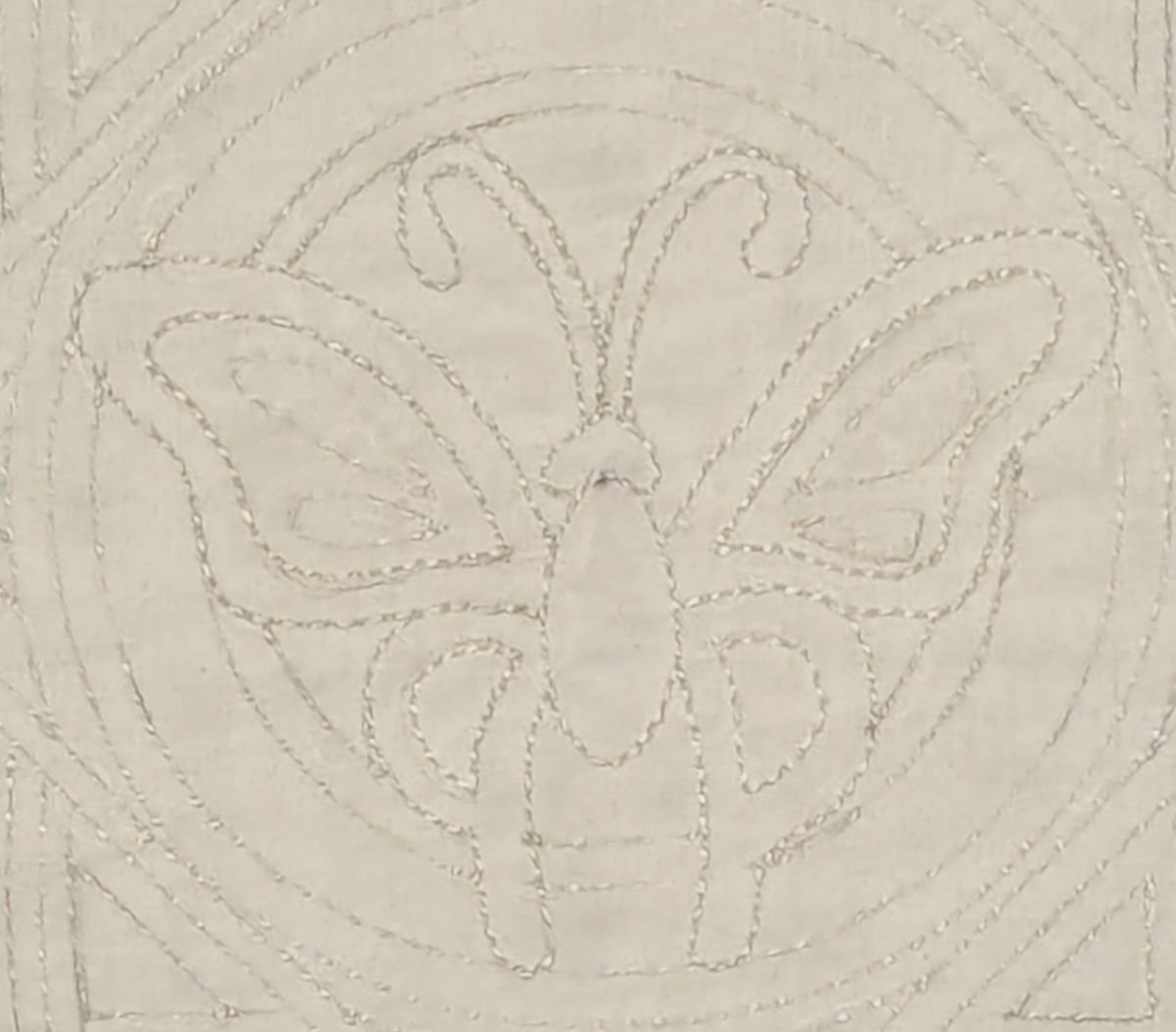Textile Travels on the Web
… and it’s warren of Rabbit Holes!
When travel plans had to be put on temporary hold this past spring and summer, it opened up the summer to other avenues of exploration. As there is a dizzying array of enticing roads following countless topics available at our fingertips, there was no danger of running out of destinations.
I'm speaking of course about travel on the internet. The journey started quite innocently after I was inspired by 2 books that I was reading: "The Art of Repair: Mindful Mending" by Molly Martin and "The Pocket: A Hidden History of Women's Lives", by Barbara Burman and Anne Fennetaux
Inspired by Molly Martin’s dedication to “make do and mend” and encouraged by her practical solutions, I remembered a pair of my husband's favourite khakis that had been damaged with acid burns. The results of my repair are certainly not invisible, but never the less, the khakis are once again respectable enough to wear (at home).
Looking for more options and ideas for the next repair, I continued the journey on the internet. The paths to “mending options” were great and many. Some useful, others not so much, but through these travels my computer’s search engine led me to the charming ”Bernadette Banner" channel on YouTube where I found that she has written a book “Make, Sew and Mend: Traditional Techniques to Sustainably Maintain and Refashion your Clothes". As well as studying historical dress and reconstructing them using sewing techniques of their time, Bernadette also focusses on responsible use of resources and taking care of what we already have. This little rabbit hole offers a seemingly never-ending source of well-researched and entertaining historical stitching topics to get lost in. Great company while stitching.
After reading "Hidden Pockets", a book by Barbara Burman and Anne Fennetaux, about a popular wardrobe item from the 17th century, the on-line warren of links led me to further investigations. Typing the words "Hidden Pockets" in Google, the "Haptic and Hue" podcast was one of the first titles to come up. Founded and hosted by Jo Andrews, a hand weaver from Great Britain, the history of textiles is explored and the stories are told in an interesting compelling way. In Series 5, Episode 45, Jo interviews Barbara Burman, one of the authors of the book. The podcast covers a much broader area of textiles than pockets, and like all her podcasts, it draws you in. Always interested in learning more about the history and tradition of historical needlework, it has become a constant friend when stitching, and because it's a podcast, it only requires my ears and leaves my eyes and hands free to stitch.
Speaking of traditional needlework, another intriguing learning opportunity presented itself and was too enticing to dismiss. Over the years, learning the origins and history of traditional needlearts, has become an area of interest and study for me. An opportunity to learn the history and the traditional technique of Crewel Embroidery from a master of the craft, was an opportunity not to be missed. Now all I need are more hours in a day to accommodate all my various stitching endeavours. ( A lot more hours!!!!)
Speaking of stitching, there was even some of that happening over the summer. Most of it focussed on boutis. One of the projects that kept my attention this summer was developing a boutis pattern that I will incorporate into an item of clothing. More on that in a later post.
My boutis hummingbird got some love over the summer as well, but the wee bird and I still have a long way to go on our journey.
Some designing got done as well. When I re-open my Etsy store in the near future, there will be a few new introductory designs for beginners of boutis.
Exploring and experimenting new techniques always expands horizons and provides new inspiration. My summer travels via the World Wide Web certainly offered plenty of that.
So even though my means of transportation was limited to the online roadmap, it was still a summer of exploring, experimenting and expansion.









